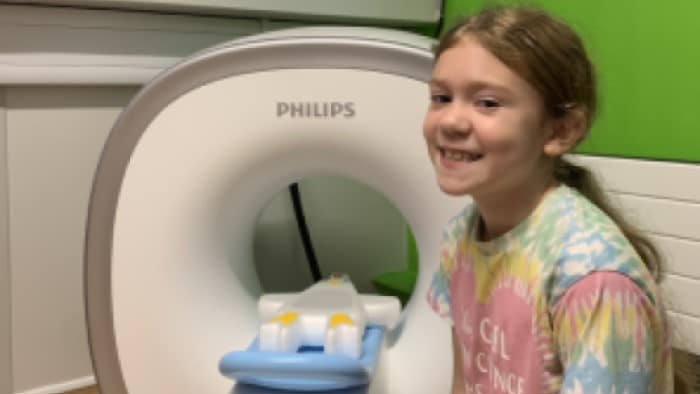May 18, 2022
A new report by researchers from Imperial College London and Philips UK and Ireland reveals urgent need to expand diagnostic capacity in communities across England
• Latest study reveals the disparity in diagnostic and treatment challenges across a number of focus regions: the South East, East and South West of England and London • If Community Diagnostic Centres (CDCs) are to help in improving patient outcomes, as well as meeting critical NHS targets, such as for cancer and non-emergency treatment, the report suggests the centres must be near to where people reside, away from congested secondary care settings, and in areas with the most significant health inequalities
Farnborough, United Kingdom – Royal Philips (NYSE: PHG, AEX: PHIA) - A new report, released today by researchers from Imperial College London, working independently via Imperial Consultants, with Philips UK and Ireland, reveals that newly introduced CDCs need to be prioritised in locations of greatest socioeconomic deprivation and with the highest waiting times, to help improve patient outcomes and tackle the NHS backlog and bring diagnostic services closer to underserved communities.
Following the UK Government’s plans [1] to create 160 CDCs and deliver an additional 9 million checks, scans, and operations by 2025, the report investigates the role CDCs can play in addressing the major diagnostic challenges facing the NHS and proposes locations for future CDCs to expand access to care for those who need it the most.
Unabating systemic pressure, exacerbated by the Covid-19 pandemic
Data revealed by Imperial’s researchers highlights why a successful CDC rollout is paramount for addressing challenges in the provision of timely diagnostic, cancer and planned services which have been compounded by the pandemic. The report reveals that at the time of writing:
The pandemic has muddied an already challenging picture facing the NHS. CDCs can play an important role in getting the NHS back to pre-pandemic levels of care and beyond, but their rollout must be consistent with their design. CDCs must be established in communities not in overburdened hospitals, and critically, be staffed by a highly trained workforce and have the appropriate equipment. At present, there is not enough capacity in the system and correcting this must be a key focus in the months and years to come.”
The study’s co-author, Dr Jonathan Clarke
Imperial College London
The introduction of community diagnostics offers a once-in-a-generation opportunity to rethink how we can work with the NHS to build a resilient healthcare system fit for the future, including how and where the NHS delivers timely care to patients. CDCs hold the potential to relieve persistent pressure on acute hospitals and empower GPs and primary care providers to ensure patients can get a swift diagnosis and begin their treatment journeys sooner.
“The research demonstrates the importance of locating CDCs in community-based settings, bringing services closer to people’s homes and in those areas where diagnostic services can’t meet patient demand. Philips stands for improving the health of the nation and tackling healthcare inequalities head on. We are working with HM Government and the NHS to accelerate the roll out of CDCs in regions that need them most so that every patient in the UK needing care can benefit in equal measure.”
Mark Leftwich
Managing Director, Philips UK&I
Recommendations to Government, NHS England and Integrated Care Systems
The research makes a number of targeted recommendations to Government, NHS England and Integrated Care Systems across the country, including:
| | | |
| | | |
| | | |
| | | |
Tackling the backlog will require a combination of funding, innovation and cutting-edge technology, while new digital care pathways are critical too. However, if steps are not taken now to focus funding and expansion of diagnostic capacity in those areas that need it the most, the backlog risks being prolonged, further widening healthcare inequalities.
Notes to Editors All geographic shapefiles were obtained from the Office for National Statistics Open Geography Portal under the Open Government Licence v3.0 (https://geoportal.statistics.gov.uk).
About Royal Philips
Royal Philips (NYSE: PHG, AEX: PHIA) is a leading health technology company focused on improving people's health and well-being and enabling better outcomes across the health continuum – from healthy living and prevention, to diagnosis, treatment and home care. Philips leverages advanced technology and deep clinical and consumer insights to deliver integrated solutions. Headquartered in the Netherlands, the company is a leader in diagnostic imaging, image-guided therapy, patient monitoring and health informatics, as well as in consumer health and home care. Philips generated 2020 sales of EUR 17.3 billion and employs approximately 77,000 employees with sales and services in more than 100 countries. News about Philips can be found at www.philips.com/newscenter.











